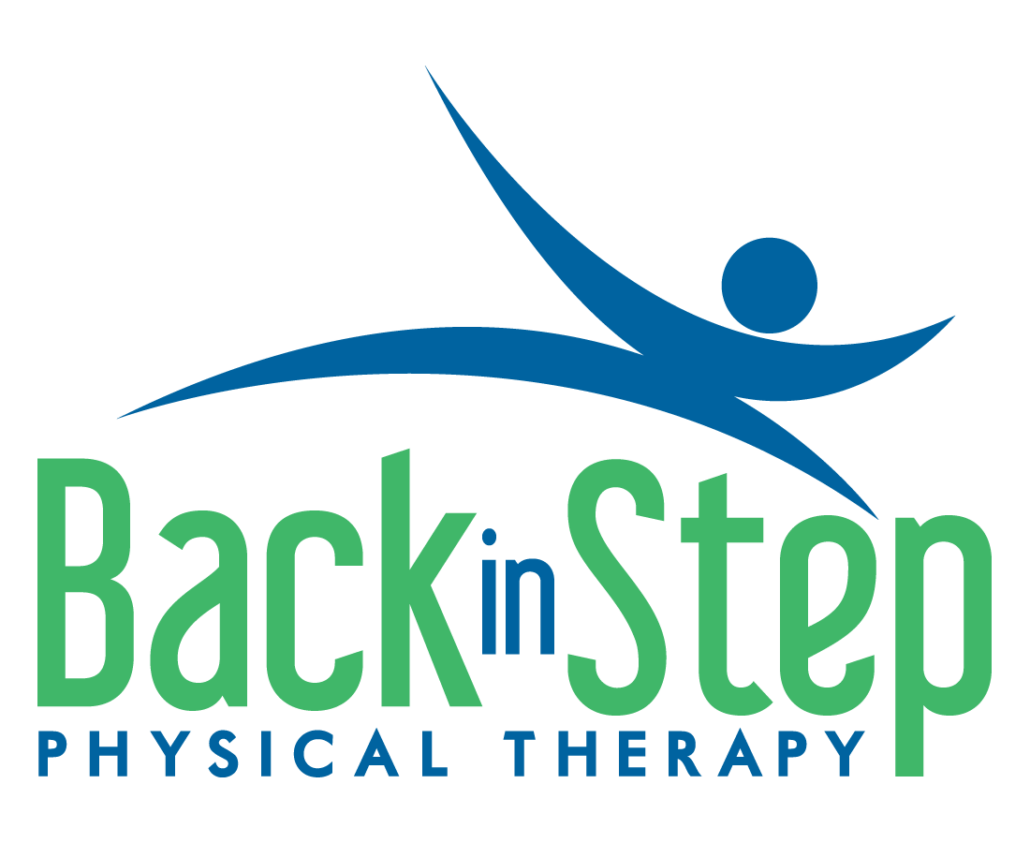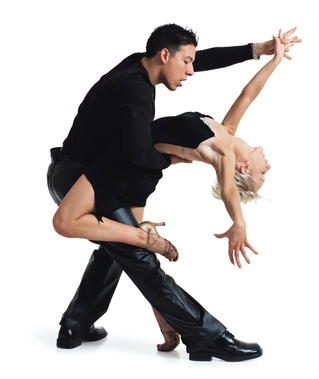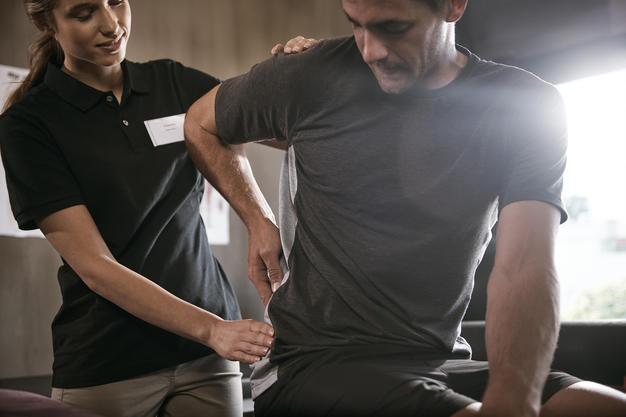Have You Ever Experienced Low Back Pain?
Have you ever felt a little twinge in your back, maybe after sleeping on the ground during a camping trip, lifting one too many boxes while moving or after a Costco run, or after sitting on the sofa watching your favorite football team play? Maybe it just feels stiff or like it needs to pop. Maybe you’ve had the deep, achy pain into the back of your hip, into the buttock, or even down your leg.
Whatever the reason or the way that you might describe it, you’re not alone. Low back pain is all too common of a complaint for people, regardless of age, fitness level, health history, occupation, and gender.
You may hear people say that “I’m just getting old”. Not true! First of all, it’s not normal to have pain, despite your age. This applies for your back, but anywhere else in the body as well. Secondly, that rationale doesn’t work for the many young teens that I’ve worked with over the years, whose muscle strength and coordination haven’t caught up to their quickly growing bodies. The why of your pain may vary a bit with age, but there is often something that can be done to help.
Low back pain also seems to be on the rise, with more time sitting at work and home, longer commutes to work and school, and increased computer time. These things that are a normal part of life can contribute, but so does a sedentary lifestyle. We may be sedentary because that’s the lifestyle that we choose, or because it’s seemingly a secondary consequence to health issues, chronic disease or injury. Again, this is an area in which we still have an influence. Individuals benefit from customized exercise programs, created by a therapist familiar with their medical condition, work requirements, or anything else that affects one’s activity level.
Our work may require extra time in the car, or many hours at a desk. On the opposite end of the occupation spectrum, our work may require hours of heavy lifting and hard labor. If you’re stuck in front of your computer all day, there are things that you can do to help counteract that. If, on the other hand, your job is very labor intensive, there are ways to make it easier on your body, or at least to make it safer.
Low back pain can affect anyone, and one of the unique populations affected are mothers – whether it’s during pregnancy or for a time after the birth of the baby. During this time, the female body is producing many different hormones, including those that will help with the birthing process. These same hormones contribute to laxity of ligaments in the pelvis and other areas, which can then lead to increased pain. Pelvic floor muscles and abdominal muscles are also particularly affected for these women, and often require some extra attention to properly recover. In many cases, these women are best served by going to a physical therapist who specializes in pelvic floor and women’s health.
When it boils down to it, the treatment of low back pain is multi-faceted, and depends upon the person having problems with it. Treatment often includes various types of muscle strengthening, learning how to move more efficiently, and getting the muscles to work correctly together. It should also include work-, sport- or lifestyle-specific training. Most importantly, it’s crucial that your physical therapist works well with and for you while developing and delivering your unique program, as well as sharing education about your pain and what you can do about it.

I have suffered from back pain myself, related to two specific injuries since becoming a physical therapist. Both injuries resulted in massive amounts of pain, muscle weakness, difficulty moving, and fear of how I was going to continue doing the work that I love.
My first injury affected me for quite some time and occurred early in my career. It often made me believe that I had to limit myself to be “safe”. I stopped going out with friends as much, and backed off of my dancing. It was difficult to find a comfortable position for anything, whether it was to sleep or even just driving to work. My leg would sometimes give out when trying to walk down the driveway to check the mail, and sitting in a restaurant for dinner could bring me to tears. I worked on myself a lot, believing that I, as a physical therapist, should be able to fix myself. I almost felt guilty seeking help from someone else, because what kind of therapist was I that I needed someone?
Eventually, I learned that it did need to be a team effort and that I couldn’t do it alone. My massage therapist was an important early team member in my recovery, later joined by my personal trainer. I also had to convince myself of some of the same things I was trying to impress on my patients – this did not need to be a life-altering and life-limiting event. I began to explore ways to make improvements, but also to make modifications. I had to learn ways to improve stress-management, because that plays a huge role in pain control. I’d gotten to a pretty good place after that first injury, but then it happened again. A different injury with different problems. I quickly built my team this time, again made up of my massage therapist and my personal trainer, as well as a chiropractor, and even another physical therapist. This time, my recovery was much quicker and easier, and I’m happy to say that I no longer have daily pain, like I did for quite some time.

In the process of recovering from my own back injuries, I’ve learned a lot about back pain.
- I learned that I need a good team of people to work with, and that team varied with what was going on and how I was feeling. As a physical therapist treating people with back pain, I acknowledge when we need to get other team members on board and how to work best with them for the best outcomes for our patient.
- I learned that there are many options and modifications that exist to make life a little easier during recovery, and share those lessons and my story with my patients.
- I learned that life does indeed move on, and that I shouldn’t let it move on without me. I use my experiences to help my patients navigate their struggles, big or small.
Back pain is no joke, whether it’s a little annoying twinge or a major injury. Despite that, I feel fortunate that I have learned so many lessons with my own struggles with back pain that I can now share with my patients on a daily basis. I believe that I have become a better therapist because of it. If you’re struggling with back pain, and want to work with someone who has”been there and done that”, please contact Back in Step PT here to make your appointment today.



